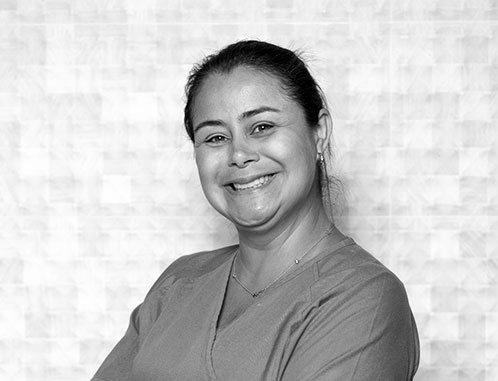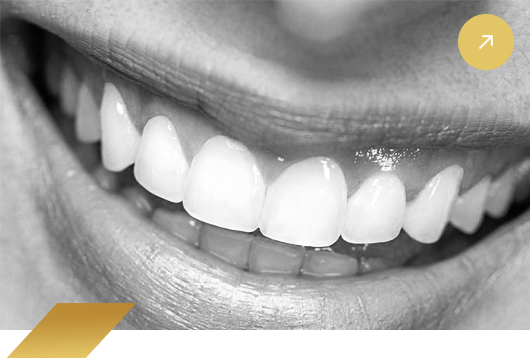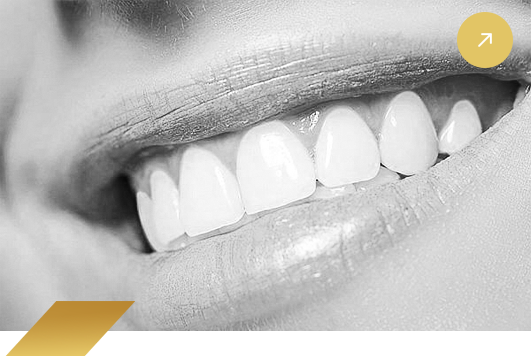Dentures
Dentures
A denture or a complete denture as it is often called is an appliance that replaces all of the natural teeth on an arch that have been lost or will be lost. Most dentures are made of acrylic and have flanges on the lip side and some forms cover the palate with acrylic, depending on the need for support or suction.
Types of Dentures
A conventional denture
replaces a full arch of teeth and is made after all teeth have been extracted and the tissues (gums) have healed. Palatal coverage with acrylic is a necessity in order to create a vacuum. This is the retentive mechanism of a conventional denture. Depending on the ridge form and remaining bone or soft tissue, a denture can be retentive and stable or retentive and not stable (no bone remaining). A lower denture is very dependent on retention based on the ridge form. There is little or no vacuum created on the lower arch with a denture and many patients suffer tremendously due to the movement of the denture.
An immediate denture
is fabricated and inserted immediately after the teeth are extracted to allow tissue to heal under the denture. This type of denture needs to be relined a few times during the healing process of the ridge after extraction. There is also no option to try in teeth as with the conventional denture due to the existing teeth still being in the mouth. More than likely, a new denture will need to be fabricated once the ridge has healed.
Over dentures
are dentures made to fit over endodontically treated teeth or implants. Both of these add support to the denture. If attachments are placed into the teeth or onto the implants, retention is improved as well. If a denture is sitting directly over the soft tissue, the seal can be broken fairly easy if the remaining ridge is not ideal. Implant overdentures are extremely helpful in adding retention and stability If a conventional denture is unstable. This type of prosthesis is especially helpful for the lower arch where obtaining suction is almost impossible. On the upper arch, implant placement can negate the need to cover the palate with acrylic because the denture will not be dependent on suction. The various types of overdentures on implants vary from single attachments, bars, custom abutments, etc. Dr. Morr can help you determine which form of attachment method will work best for you.
Partial dentures
are dentures used when there are remaining teeth left in the arch. They gain their retention by incorporating a frame made with metal clasps that grip the teeth adjacent to the site of the missing teeth. They work well although the clasps may show when the patient smiles and they sometimes overload the teeth adjacent to the site causing mobility of the teeth or a more rapid breakdown of the bone due to periodontal disease.
Denture teeth are made of very strong acrylic material that creates very lifelike teeth. They are meant to last a long time, but they will wear over time and will need to be replaced. Porcelain denture teeth are prone to fracture and are therefore not recommended by Miami dentist Dr Tal Morr.
Pre-Prosthetic Surgery
Some patients require minor oral surgical procedures before receiving a partial or complete denture, in order to ensure the maximum level of comfort. The preparation of your mouth before the placement of a prosthesis is referred to as pre-prosthetic surgery.
One or more of the following procedures might need to be performed in order to prepare your mouth for a denture:
bone smoothing and reshaping
removal of excess bone
bone ridge reduction
removal of excess gum tissue
exposure of impacted teeth
A denture sits on the bone ridge, so it is very important that the bone is the proper shape and size. If a tooth needs to be extracted the underlying bone might be left sharp and uneven. For the best fit of a denture, the bone might need to be smoothed out or reshaped. Occasionally, excess bone would need to be removed prior to denture insertion.
Over time, all dentures will need to be relined as the bony ridges and gums recede or shrink due to the extraction of the teeth and pressure from the denture. Regular examinations are still important for the denture wearer to check oral tissues disease or change.
Gallery
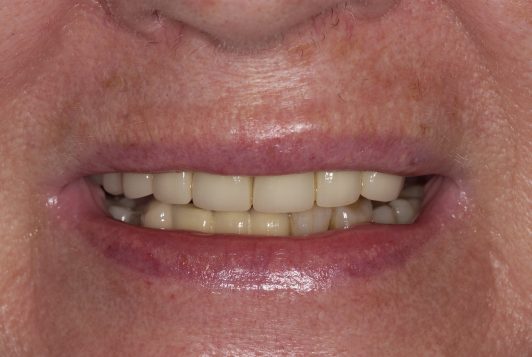
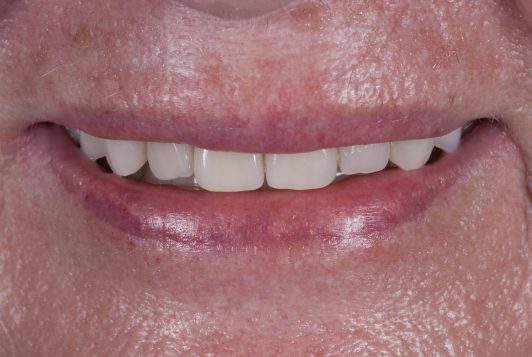
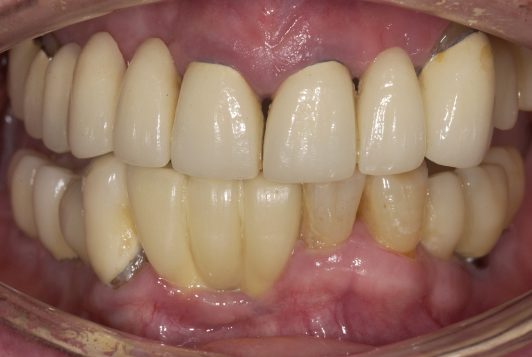
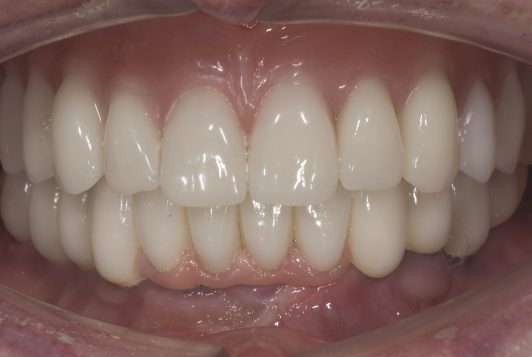
Upper Telescopic over denture and lower implant Bridges
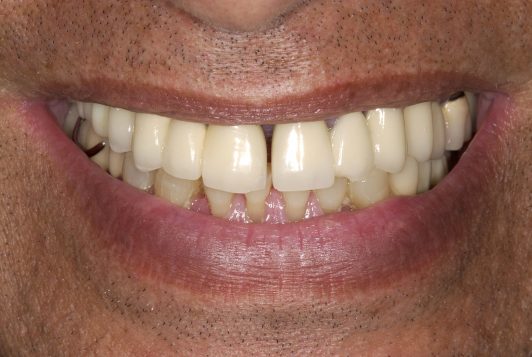
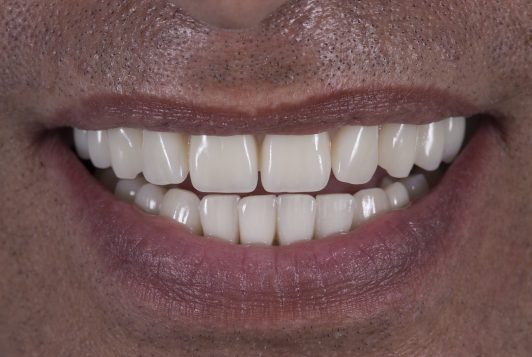
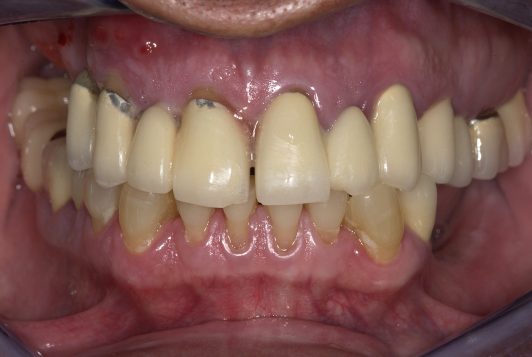
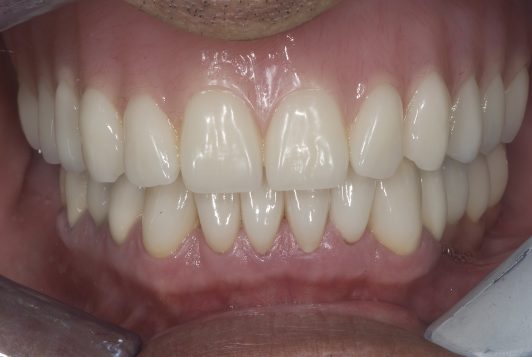
Upper Denture and lower fixed rehabilitation on teeth
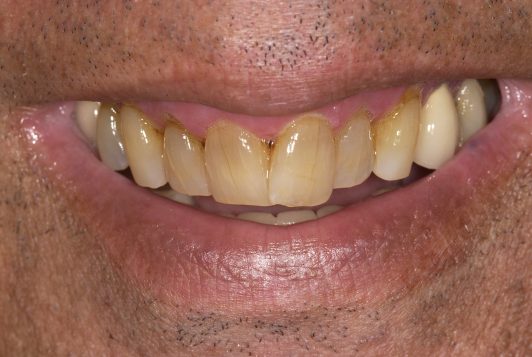
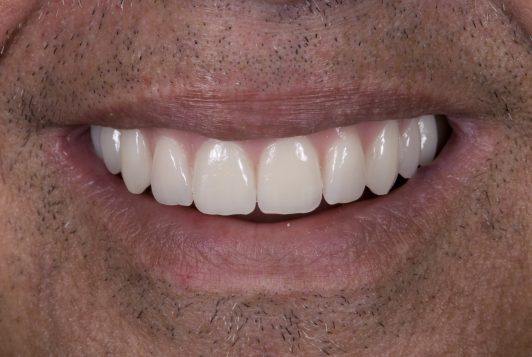
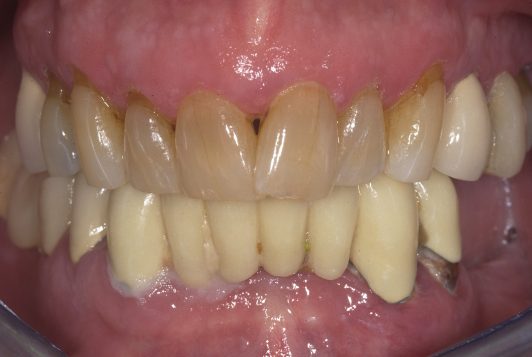
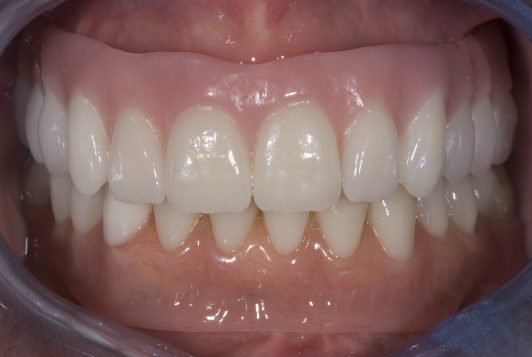
Upper and lower implant supported telescopic overdentures
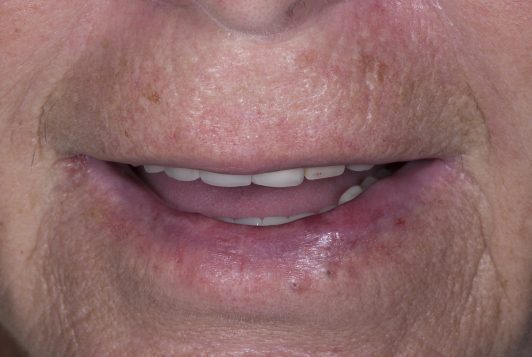
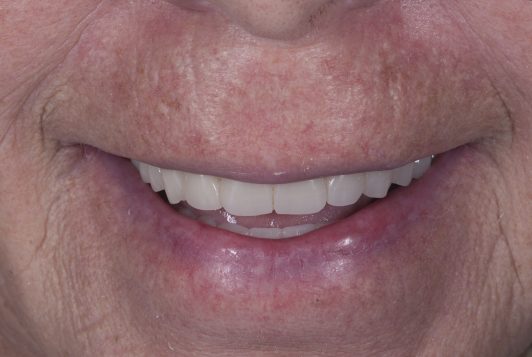
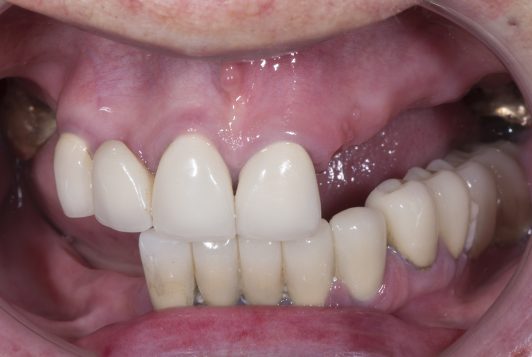
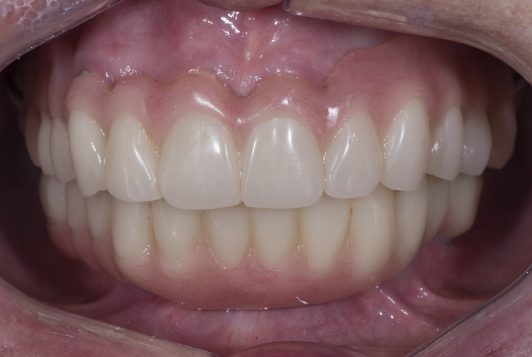
Upper Over-denture supported by teeth and lower implant supported over-denture


